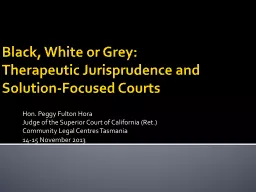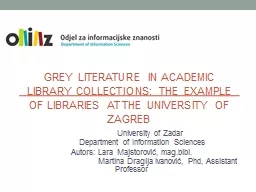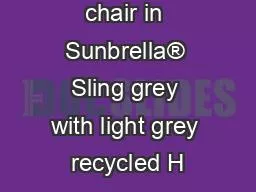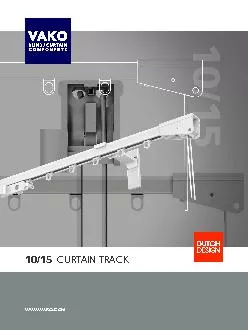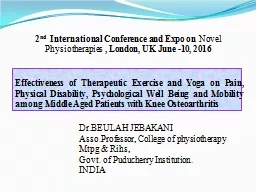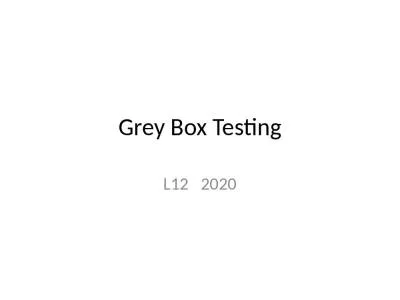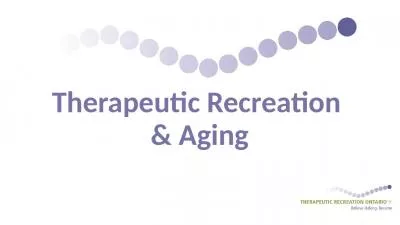PPT-Black, White or Grey: Therapeutic Jurisprudence and
Author : sherrill-nordquist | Published Date : 2018-03-12
SolutionFocused Courts Hon Peggy Fulton Hora Judge of the Superior Court of California Ret Community Legal Centres Tasmania 1415 November 2013 Judge Sonia Sotomayor
Presentation Embed Code
Download Presentation
Download Presentation The PPT/PDF document "Black, White or Grey: Therapeutic Jurisp..." is the property of its rightful owner. Permission is granted to download and print the materials on this website for personal, non-commercial use only, and to display it on your personal computer provided you do not modify the materials and that you retain all copyright notices contained in the materials. By downloading content from our website, you accept the terms of this agreement.
Black, White or Grey: Therapeutic Jurisprudence and: Transcript
Download Rules Of Document
"Black, White or Grey: Therapeutic Jurisprudence and"The content belongs to its owner. You may download and print it for personal use, without modification, and keep all copyright notices. By downloading, you agree to these terms.
Related Documents

